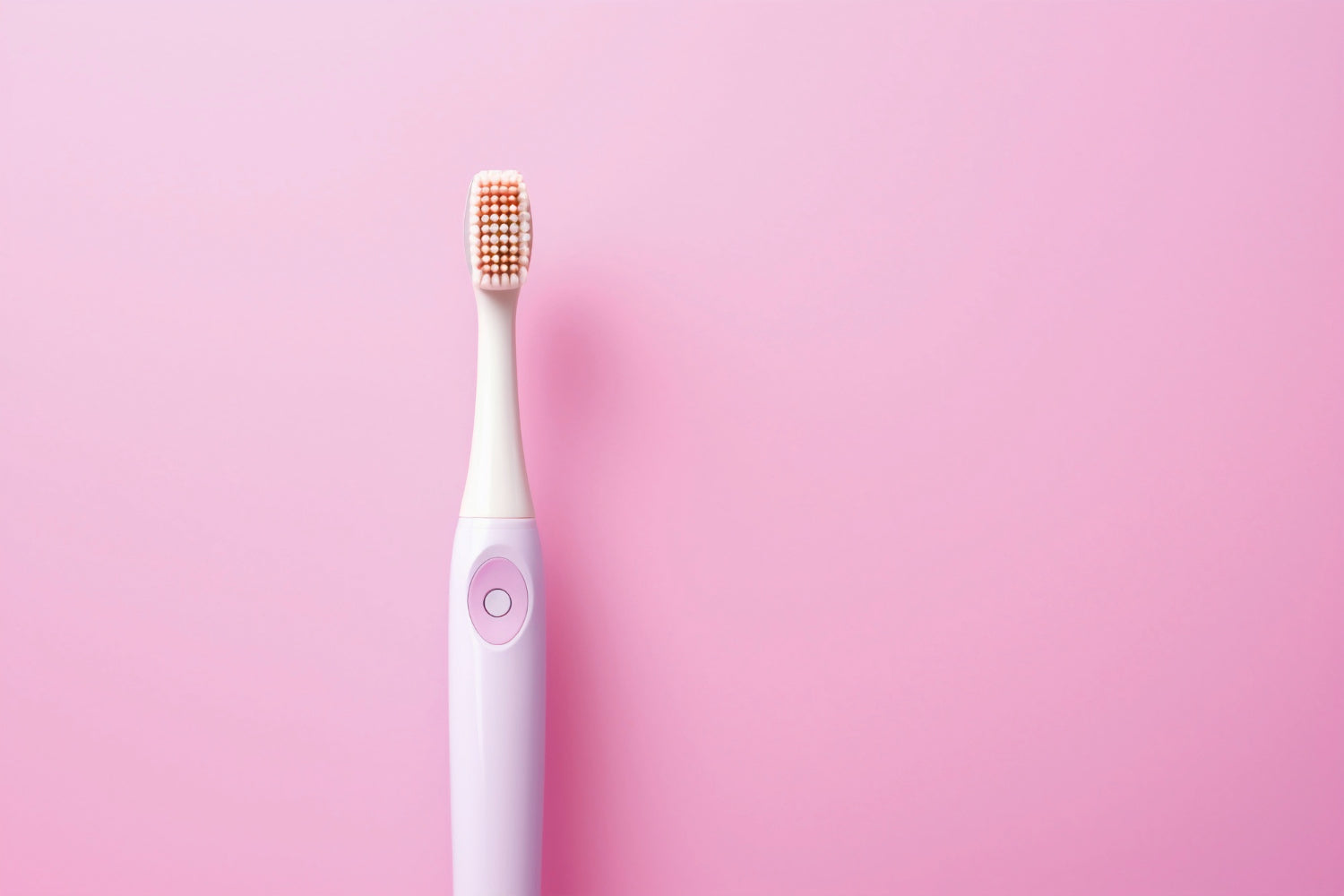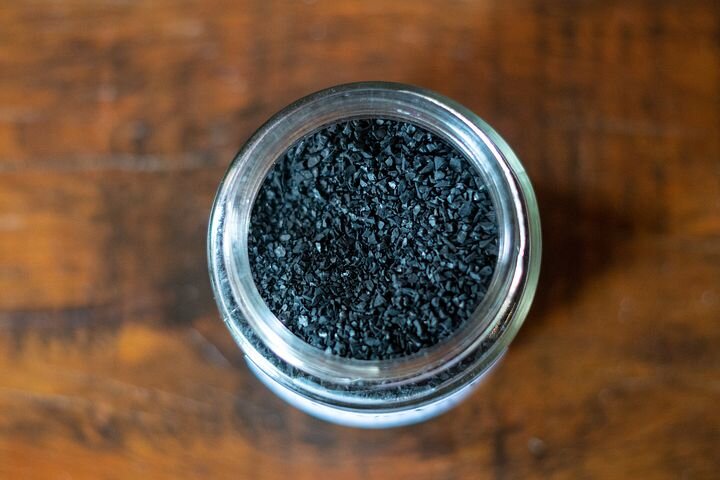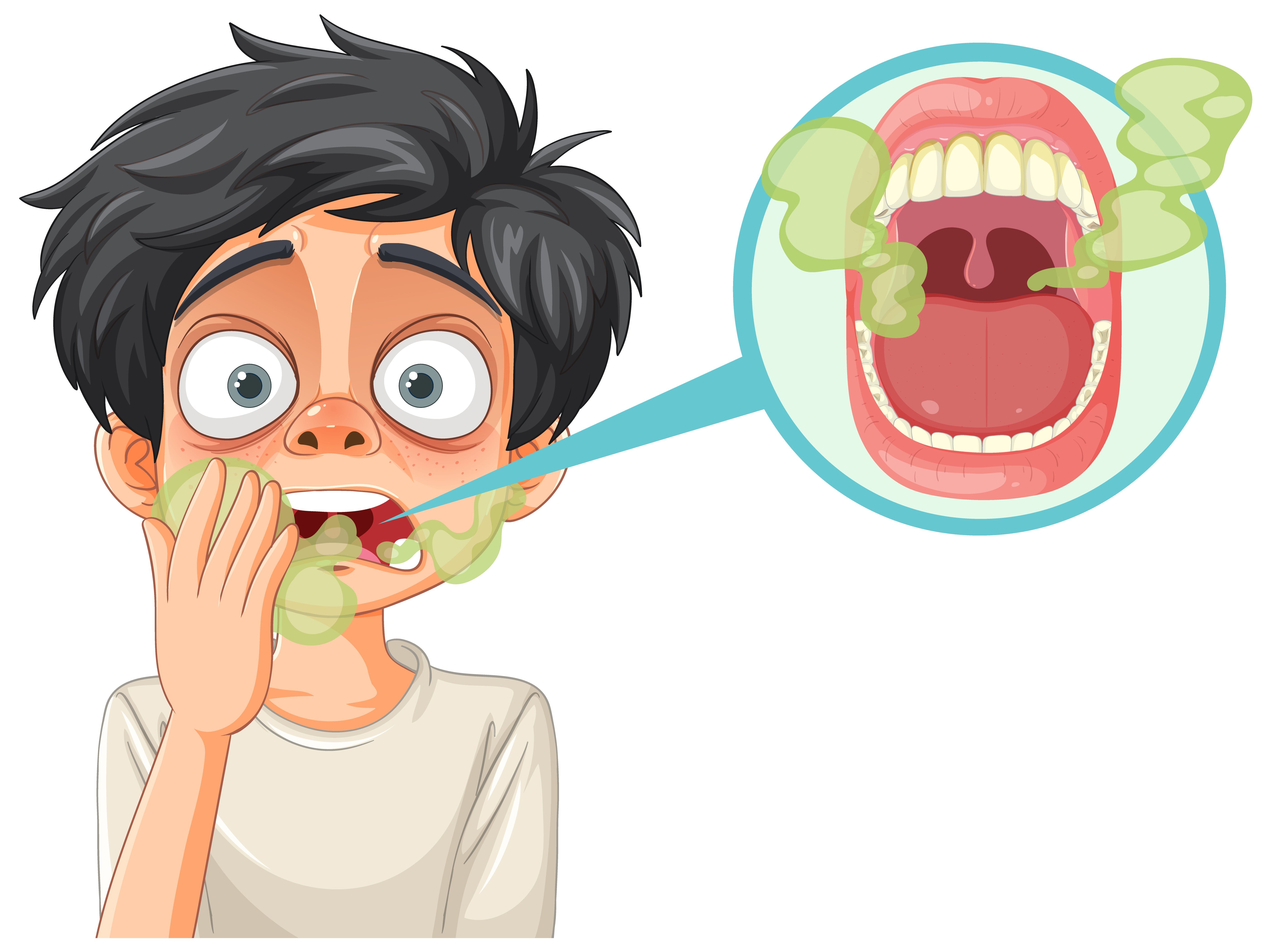Whether the manual hand brush or the high-tech electric brush cleans the teeth more thoroughly - opinions differ on this. Ultimately, there is no right or wrong here, because each method has advantages and disadvantages.
Manual toothbrushes: in use for almost 500 years
Precursors of today's manual toothbrush existed in China as early as the 16th century. Teeth were carefully scrubbed with a style made of bamboo or bone with pig bristles attached to the end. In Europe, Christoph von Hellwig invented the modern toothbrush in the 18th century with a handle made of wood or metal and bristles made of soft horsehair. The horsehair was eventually replaced by nylon bristles, but the shape of today's manual toothbrush still closely resembles the invention of that time. And what about oral hygiene? Can a model that was invented some 300 years ago meet today's requirements?
If you make an effort when brushing with a manual toothbrush and use a good brushing technique, you can achieve similarly good results as with an electric toothbrush - but with a greater expenditure of time, because the movements of the hand are slower than those of an electric motor.
The correct brushing technique is important because otherwise it is more difficult to reach the interdental spaces, where food debris often gets caught. The brush head should always be guided from the gums to the chewing surface. Care must also be taken to ensure that the longer brushes are guided into the interdental spaces in order to catch the food debris.
Electric toothbrush: Useful or fashionable gimmick?
The first form of electric toothbrush was developed around 1880. Production was very expensive, so the first models did not appear on the market until after the Second World War. Today, there are electric toothbrushes with round heads as well as sonic toothbrushes with elongated heads. Round brush heads oscillate back and forth at a frequency of 70 hertz in a semicircle at least 8,000 times per minute. Because of the small, round brush head, hard-to-reach areas can be brushed well, but each tooth must be cleaned individually.
The elongated brush heads of sonic toothbrushes vibrate at a frequency of 250 to 350 hertz, which is the frequency of audible sound. This is where the name "sonic toothbrush" comes from. However, brushing is not done with sound, but with the brush. 40,000 movements per minute are possible.
Electric toothbrushes are also often equipped with useful extras. Brushing timers, for example, ensure that all four quadrants of the dentition are cleaned evenly. This makes sense because experience shows that the back molars are often neglected. Some models even use artificial intelligence, such as 3D tooth surface tracking, or feature pressure control.
Studies on cleaning results
A study by the Cochrane Collaboration confirms that high-tech brushes remove bacterial plaque, known as plaque in technical terms, slightly better than manual toothbrushes. In addition, the network of scientists, which evaluates studies according to strict scientific criteria, found that mild gingivitis occurs less frequently when electric toothbrushes are used.
In summary, it can be said that teeth can be cleaned with a manual toothbrush without any problems. The main advantage is the low purchase price. However, oral hygiene costs more time compared to the use of electric toothbrushes and also requires more care. Electric toothbrushes are therefore recommended if you want to achieve the best cleaning results easily and conveniently.




Leave a comment
All comments are moderated before being published.
This site is protected by hCaptcha and the hCaptcha Privacy Policy and Terms of Service apply.